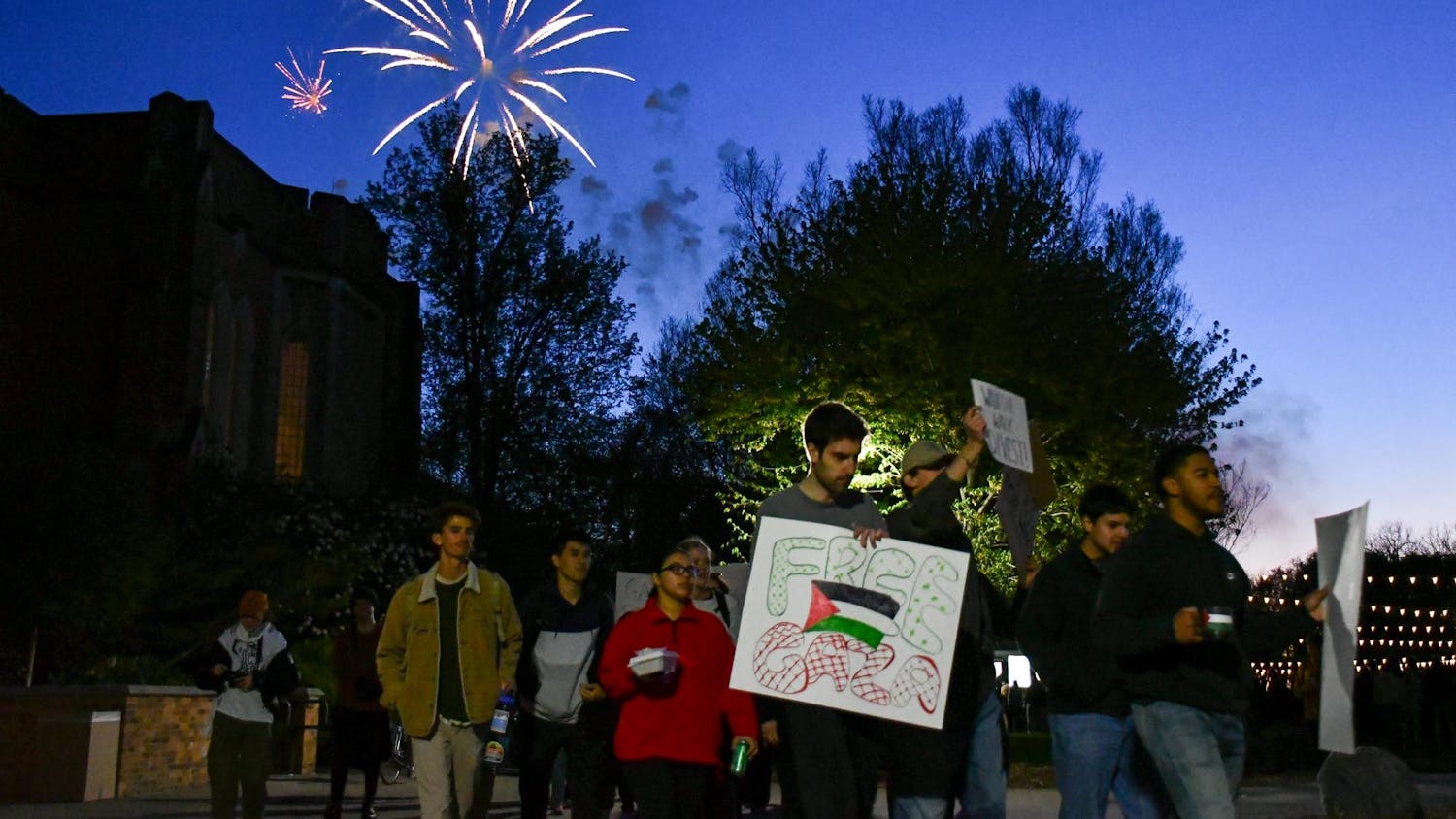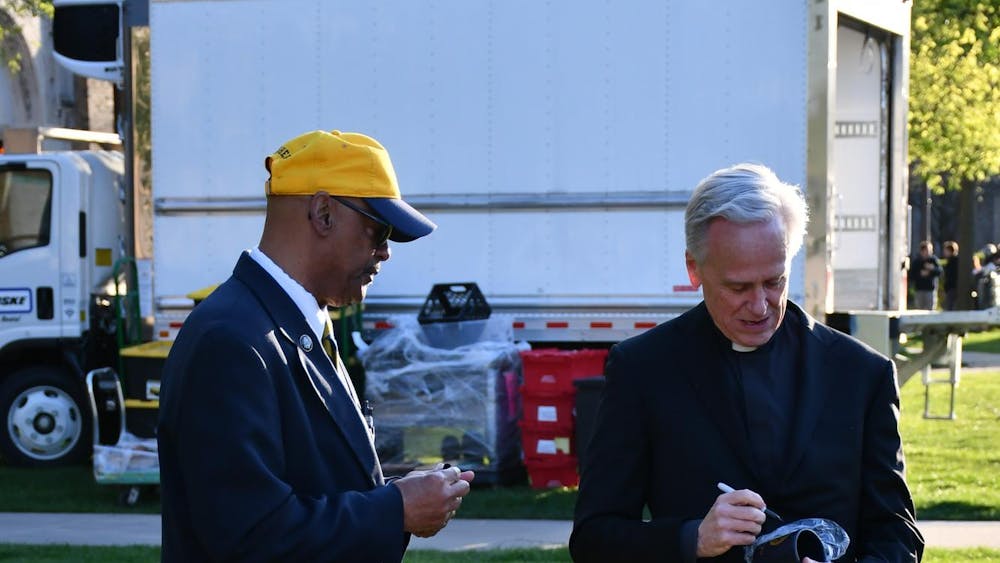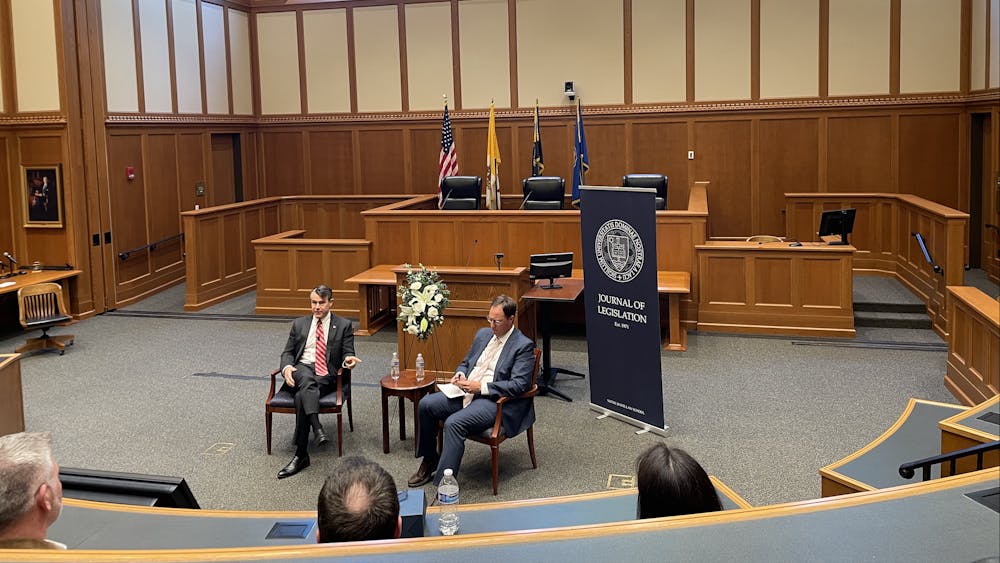Notre Dame researchers, including professor of theoretical physics Zoltán Toroczkai and graduate student Yihui Ren, recently completed a model that will predict traffic patterns based on physics principles and published their work in the journal "Nature Communications."
“The motivation of this work is twofold, intellectual inquisitiveness and practical application,” Ren said. “By observing a complicated system, [physicists] always wonder whether there is a simple fundamental underlying principle driving this system. Human mobility on road networks is such a problem. It is also an old problem.”
Ren said the desire to design a model to predict traffic patterns was born out of dissatisfaction with previous models.
“We found that most researchers [used] gravity laws to study traffic within urban areas," he said. "… We found this [to be] unsatisfactory. … An urban area is not a closed system, [and] traffic could come from outside of the city. [Dissatisfaction] is a good thing; it indicates there is room for improvement.”
Improvement was made through what Ren described as a long and complicated but ultimately rewarding research period in which he collaborated with and received advice from both Toroczkai and fellow physicist Dr. Maria Ercsey-Ravasz of Babes-Bolyai University in Romania. The result was a model that can predict traffic values on a roadway network based on the network structure and the geographic distribution of the population. The model, Ren said, accomplishes three major milestones.
“The first is the first-principles nature of our model, [which] enables its usage on any roadway network without knowing traffic data,” Ren said. “The second accomplishment is high accuracy. By comparing with the empirical data, our model can yield a high linear correlation coefficient around 0.75, which is a validation of the correctness of our model.
"The third is high computational efficiency. … It can reduce a 24-hour computation to several hours … but still keep a good result.”
The model takes into account the unpredictability of humans as they choose their destinations and the routes to those destinations, according to a press release.
The factoring in of one's choice of destination was based on an earlier traffic prediction model developed by Filippo Simini and Marta González that “takes into account the reasons why people travel, such as commuting to a job. That study is coupled with a model of the cost considerations people use to choose which path to take, such as favoring a quicker interstate route over a shorter but slower road.”
Ren said their research is “significantly meaningful in … real world practice” and has a practical application when considering, for example, damage to road networks caused by events such as earthquakes. After such events, populations relocate, and the construction of new roads is necessary to mitigate damage.
Predicting traffic patterns more accurately could help "evaluate road construction" before costly plans are drawn up and initiated, Ren said.
"Our model is ideal for this purpose," he said.













